Bizagi Apps is a revolutionary new capability within our PaaS that empowers organizations to create customized apps, tailored to the needs of the modern enterprise. With Bizagi Apps you'll enjoy the best of both worlds: rapid low-code enterprise apps, coupled with robust automated processes that form the backbone of your operations.
The following list considers new features, improvements, adjustments, and announcements that enhance existing features and procedures.
The following list consists of features, improvements and fixes that are relevant in this update.
Bizagi Apps enables organizations to create apps that meet the needs of the modern enterprise. Bringing together the best of both worlds, empowers users to rapidly design and develop with a low-code approach, while keeping automated processes as the backbone.

Bizagi Apps is fit for Persona and purpose, offering the right experience to each user for peak productivity and efficiency.
Bizagi Apps’ architecture is based on reusable elements created and configured in Bizagi Studio, that provide both operational standardization and a composable architecture that enables rapid change.
Bizagi Apps consists of four main components: Experience Matrix (described in Studio), the App Designer, the App Launcher, and your published applications.
The App Designer is a web-based component of Bizagi Apps that lets developers create multiple rich and ready-to-go apps. This component is made up of two views: the App Designer home page and the App Designer editor.
The App Designer home page is its landing and main view. It displays every app you have created for you to manage, review, access, and edit them. The App Designer editor is the view that includes all the tools you need to create, edit, and publish your apps.
The App Designer uses a Check-in/Check-out functionality that allows to lock and unlock an app while a user is working on it. This feature helps avoid conflicts when multiple users are working in the App Designer. You can visualize at a glance which apps are locked or available.
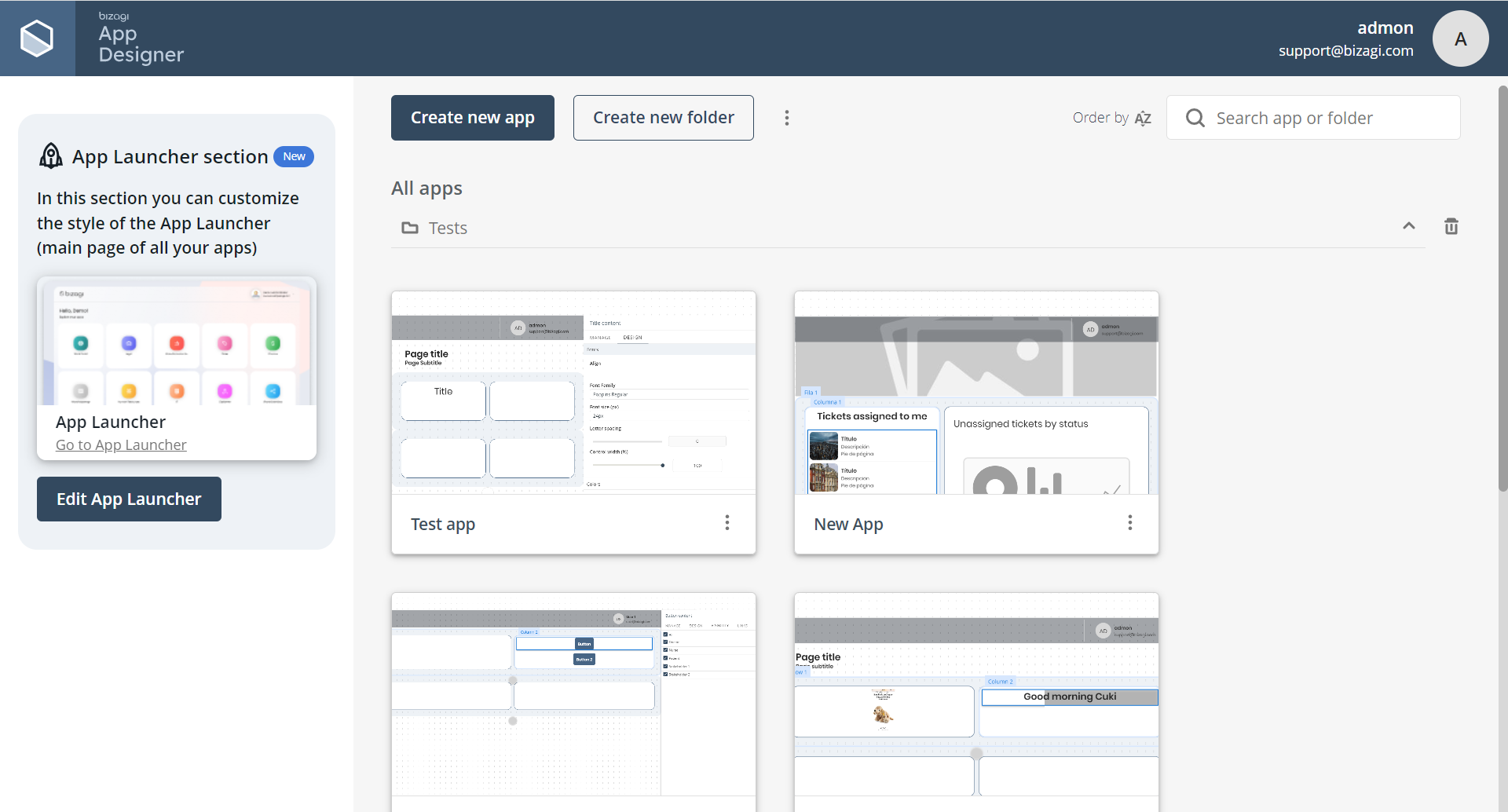
The default configuration for the App Designer editor's pages is a 60/40 layout, comprised by one row with two columns. The left column contains the main information of your page and occupies 60% of the row, while the right column shows secondary information and occupies the remaining 40%. This layout favors responsiveness and the visualization of your app in mobile devices.

The App Launcher automatically presents all the published apps that have been created in the App Designer. It is tailored to show only the apps that apply to the Persona that is logged in. The App Launcher also provides direct access to the traditional Work Portal in Bizagi.
The App Launcher can be easily customized by changing the background color and each app’s color and icon. The customization process is performed in the App Designer, allowing developers to set how each app should be displayed.
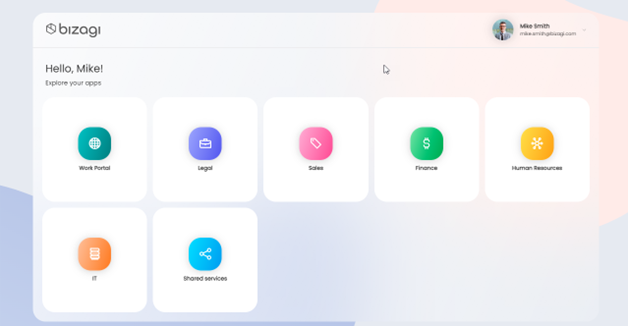
When a Persona selects an app they want to use, the published app is displayed.
Each app’s personalization and context vary depending on the Persona accessing the app. For example, in a Sales app, the Sales Manager and the Sales Representative can be two different Personas. The first one will view an app that provides a manager working method (with dashboards and reports), while the second one, as a knowledge worker, sees options for more interactions with different business objects.
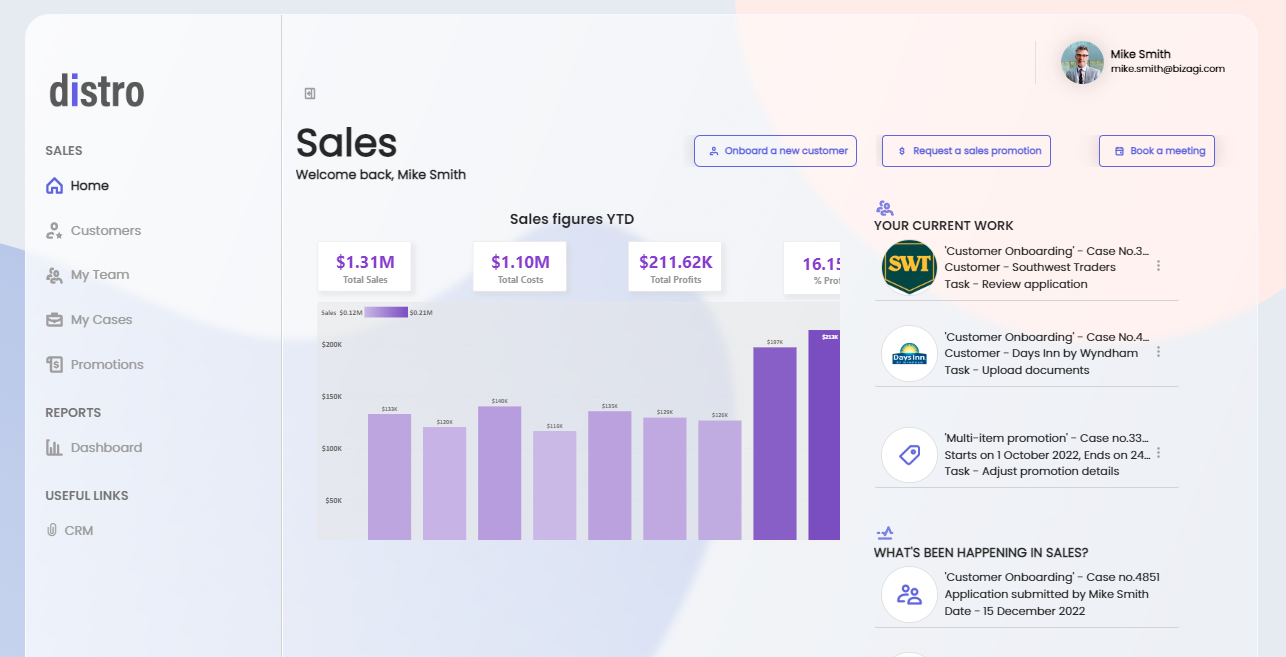
Published apps are available on Bizagi’s mobile application. The App Launcher is displayed beside the user’s Inbox. When an app is chosen, it is immediately displayed within the mobile application to work on it.
Bizagi Apps allows embedding Power BI reports and dashboards. To ensure the best possible experience and performance, Power BI reports are currently not available from a mobile device. Reports are available from the desktop app.
Bizagi Apps is focused on providing an amazing experience for end users. Existing process forms have been improved to offer a modern and beautiful UI. Thus, Forms will be displayed differently when accessed from the mobile application’s Inbox and a published app.
Spring 2023 includes support for Bizagi Apps on smartphones. It does not support Bizagi Apps on tablets. On smartphones, Bizagi Apps does not include offline mode or device-specific forms.

The Experience Matrix is the place in Bizagi Studio where the building blocks for Bizagi Apps come together, making it easy for the developer to determine and visualize the Interactions that each Persona has with the project’s data in the app.
The first step in the Experience Matrix is identifying the Personas, as these are the groups of people for whom you build your app. You design an experience for each of them, responding to their needs and requirements, and relates to the solution offered. Once the Personas are identified, you define the Business Objects that each Persona interacts with. This way, you enable access to the data, so they can view it, create new records, change it, and start new processes.
In the Matrix, you configure the Interactions that each Persona has with each Business Object. Think of Interactions as the glue between Personas and Business Objects. Interactions are displayed to end users as buttons or links in Bizagi Apps, so that Personas can interact with the building blocks created in Bizagi Studio.
You can create as many Experience Matrices as needed. It depends on how you want to visualize the building blocks distribution for your apps.
We recommend having ONE Matrix per app. This way you easily visualize in a single place all the groups of Personas that work with it, the Business Objects used, and the different Interactions.
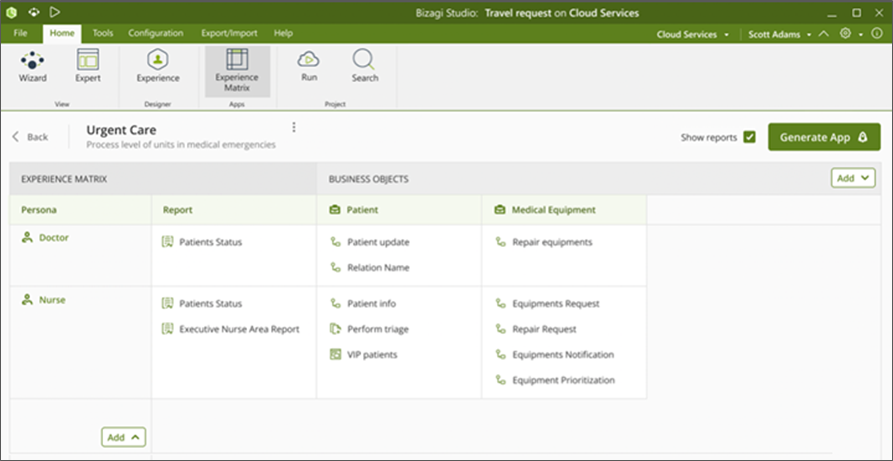
The Experience Matrix has three Interactions available for Personas:
Generate app and Update app are two features within Bizagi Studio's Experience Matrix module that allows you to create custom enterprise apps efficiently.
When you create an Experience Matrix defined and ready, Bizagi automatically creates the app for you by clicking the Generate app button. The app is generated in the App Designer for you to customize and contains all the pages necessary to include the Interactions defined for each Persona.
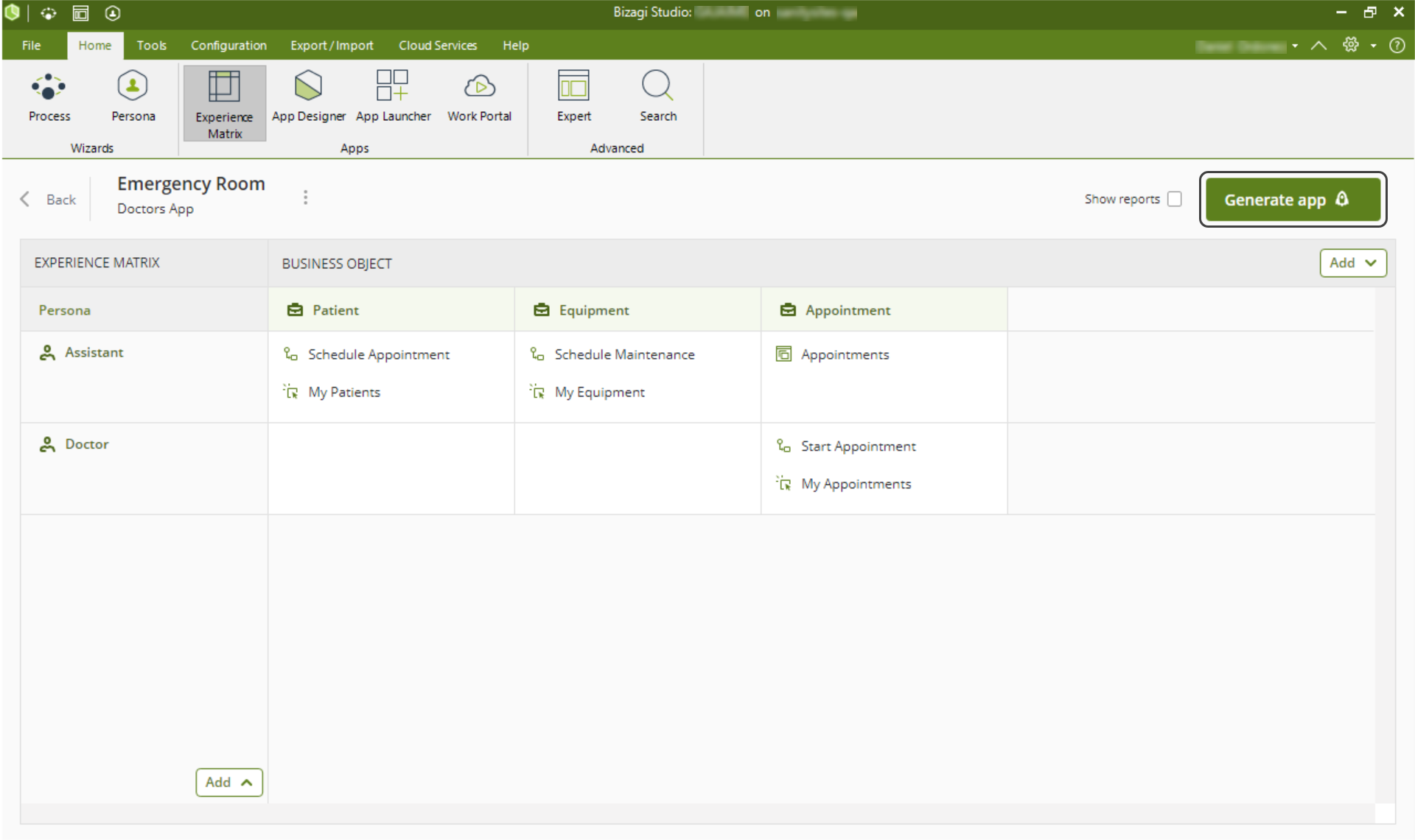
When you have an Experience Matrix already generated, and with defined and ready changes, Bizagi automatically updates the app for you by clicking the Update app button. The Update app button replaces the Generate app button on the Experience Matrix module once you have generated your app.
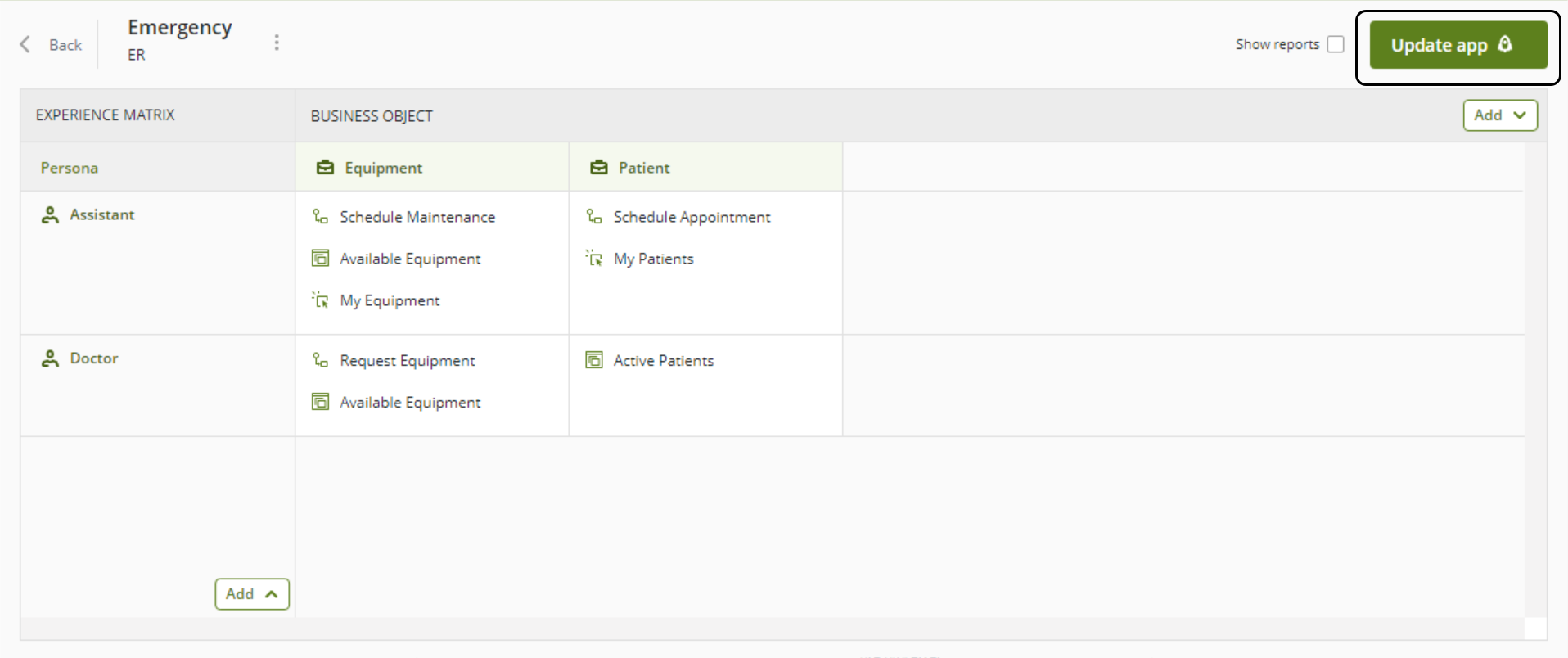
Studio has a new comprehensive ribbon to include Bizagi Apps and its components.
Menus have been reorganized and renamed to better group options.

A Matrix option has been added in the Deployment wizard to export Experience Matrices with ease. You can save the information of the Matrix to include in the deployment, either in a compressed format (.bex) or in JSON format.
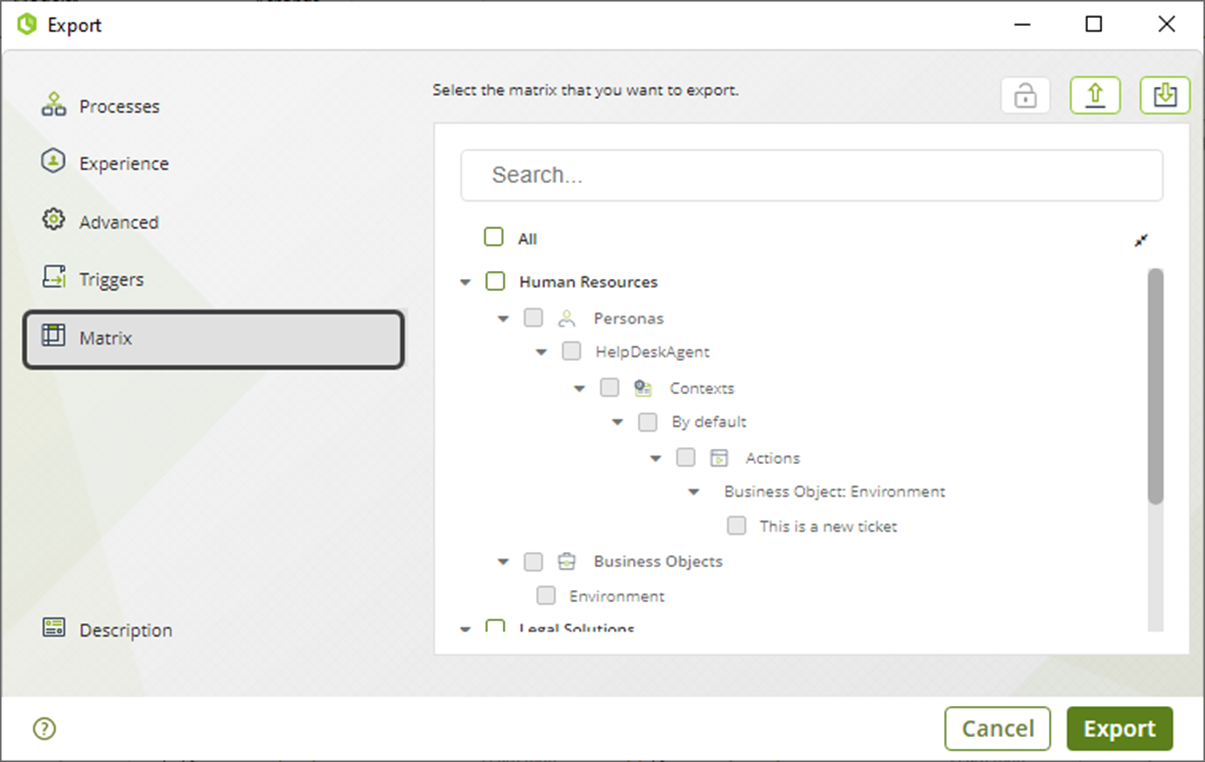
There is a new option in the Microdeployment wizard to export Experience Matrices. This option allows you to export Data visualizations and Reports linked in the Matrices.
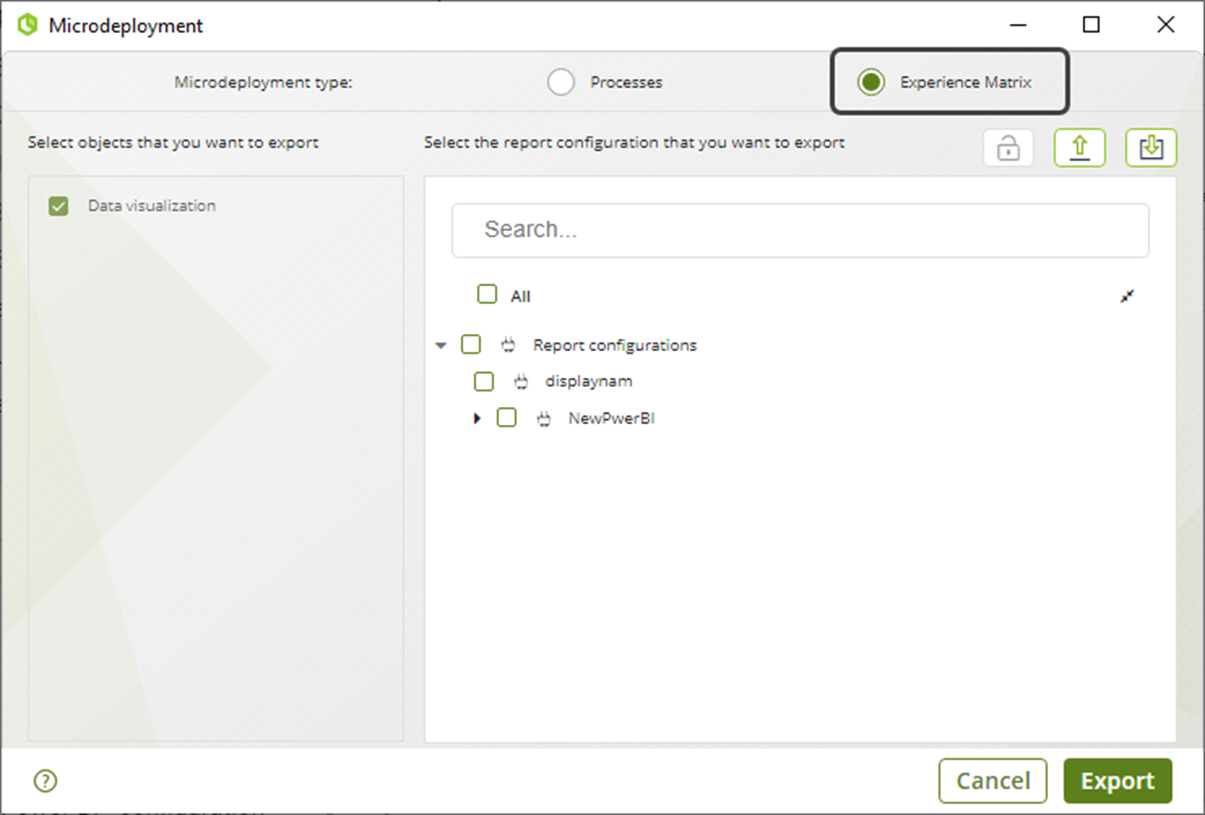
Download the latest Bizagi Studio version associated with your Cloud subscription accessing your subscription's build page: https://build-[SubscriptionName].bizagi.com
This download applies to subscriptions that are on version Spring 2023 onwards.
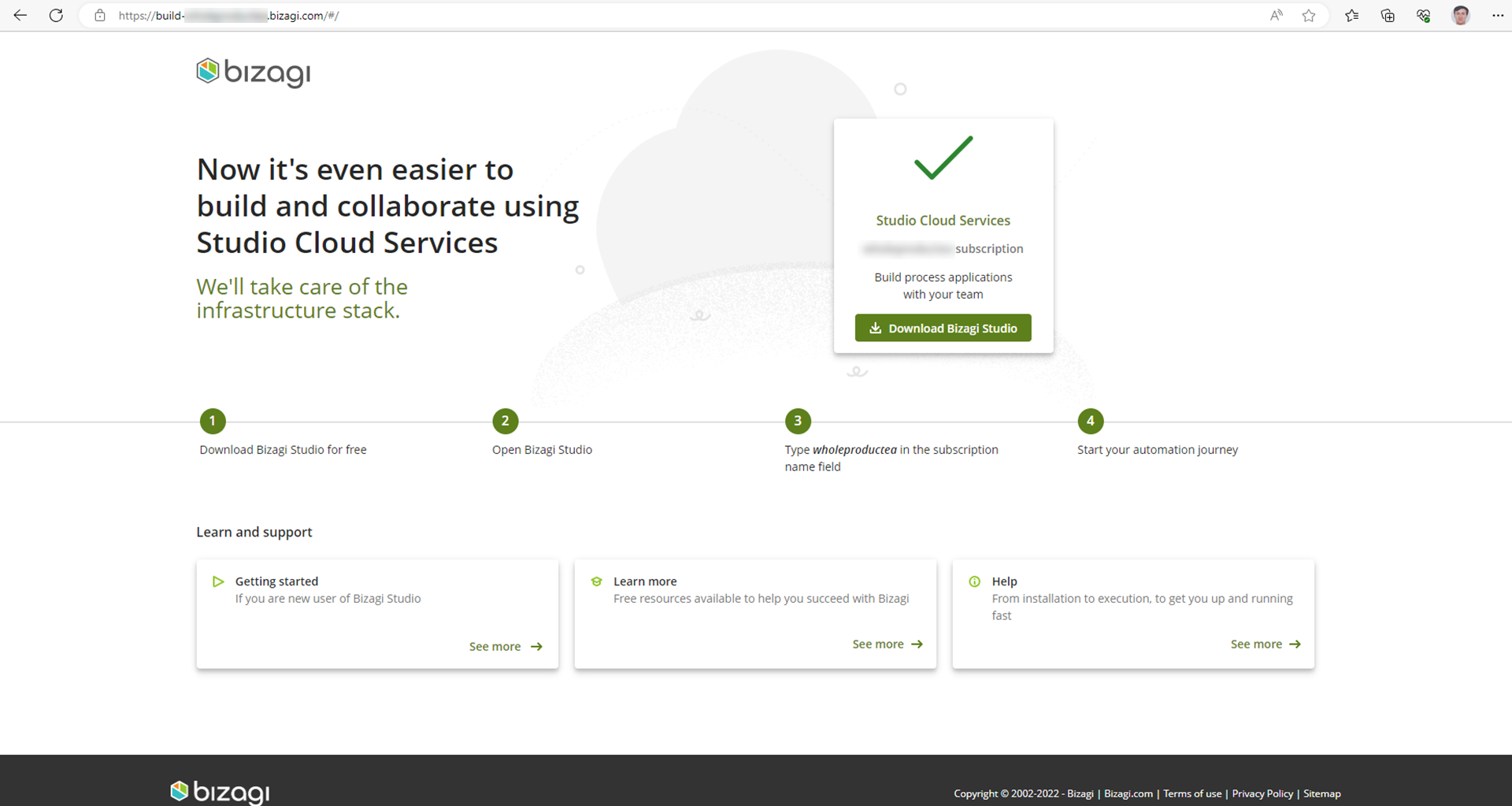
Permissions let you restrict the creation of models and publication of diagrams. You can grant permissions to avoid unwanted content in the Process library.
Depending on the role the user has, they have the following capabilities:

To ease the creation of new Live Processes, you can rely on the Default template. It allows you to create a new Live Process based on an existing flow of process approval.
A new Live Process will be created including already-created process flow, forms, gateways, and allocation rules.
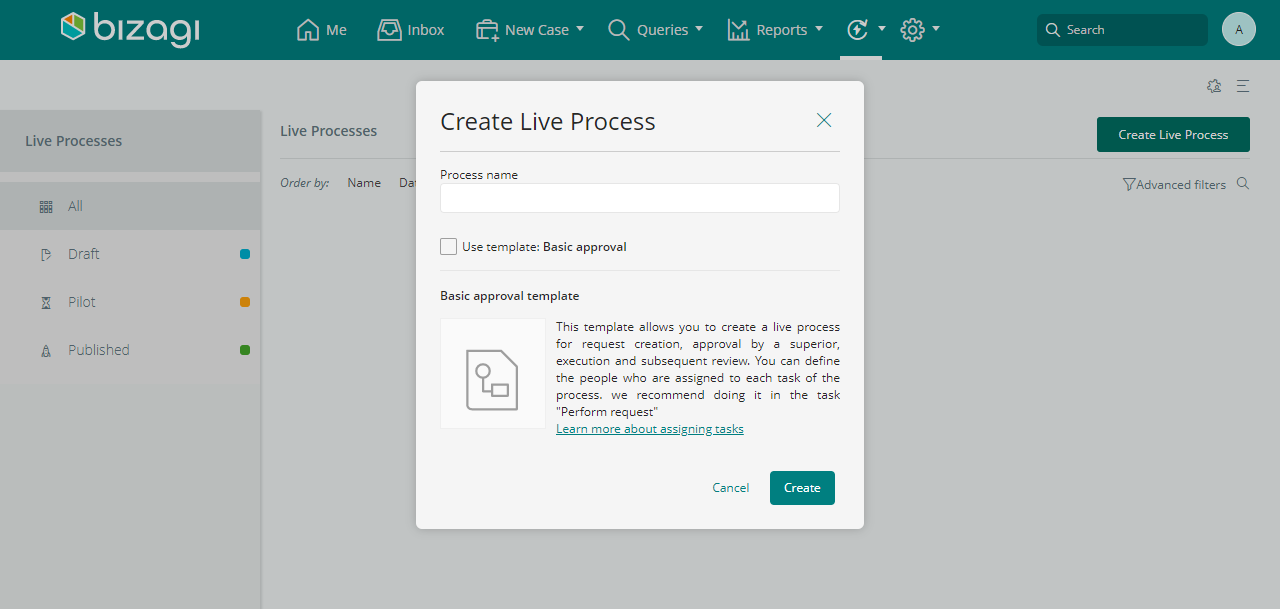
To improve user experience, the following architecture changes were made in Bizagi Studio:
Compatibility with the UiPath Cloud Community edition has been restored, as Bizagi now supports a new OAuth-based authentication scheme enforced by UiPath .
The UiPath trial version can be used with Bizagi, re-enabling demonstrations, and testing and showcasing scenarios for customers, prospects, and Bizagi employees.
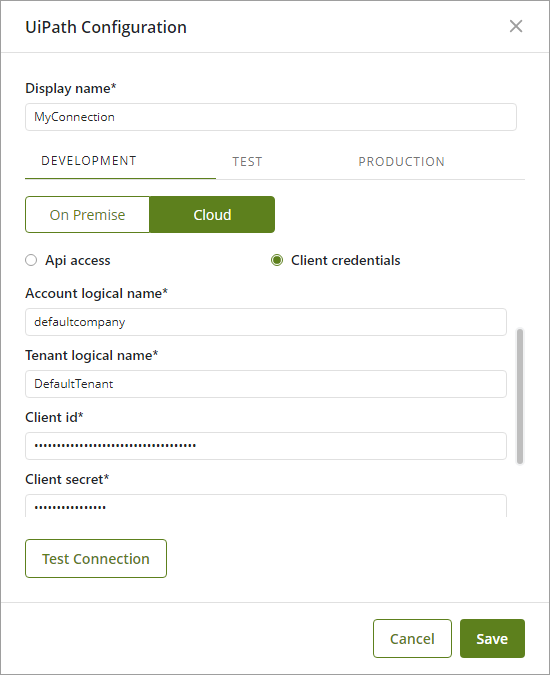
Functions targeted to work with Stakeholders as an entity have been deprecated. However, the following functions have been created in Bizagi’s API to be used in Expressions. These functions are targeted to work with Personas as an entity:
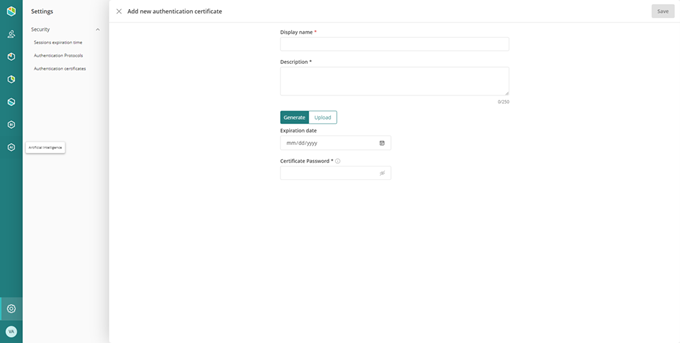
The Sites feature has been deprecated from Spring 2023. This means that Bizagi Sites will cease to function, and Bizagi will no longer offer any support, provide fixes, or make the feature available for use. Consequently, you will be unable to make changes, build new sites, or even run your existing sites from this version onwards.
To clarify further, if you choose to migrate to the Spring 2023 version, your existing sites will not operate. This is because Bizagi Apps will be replacing Bizagi Sites, and there is no option to migrate the existing sites to the new platform. We strongly encourage you to start building and utilizing Bizagi Apps, as apps offer enhanced and more powerful capabilities than sites.
Trials are no longer supported. Trials created in version 11.2.5 or lower versions will be listed but cannot be opened. To continue working on your 11.2.5 Trial, you must use Bizagi Studio 11.2.5 version, available for download by logging in at bizagi.com.